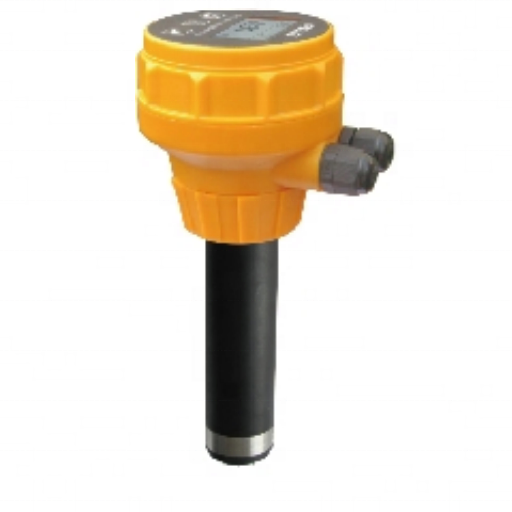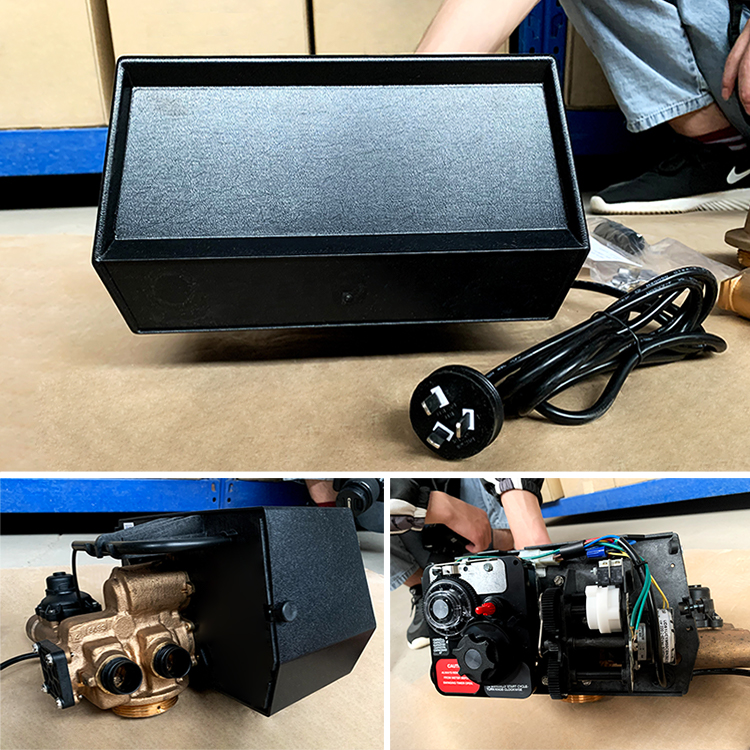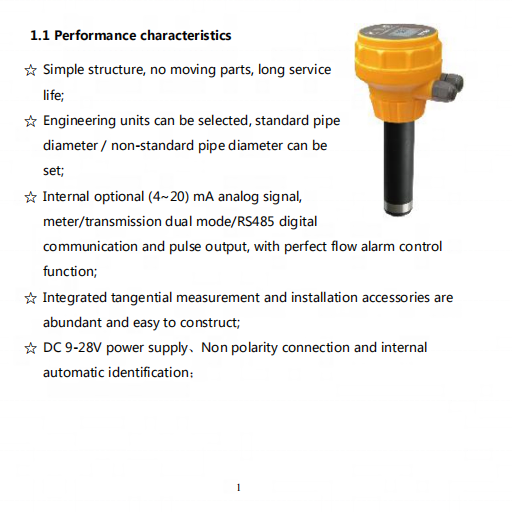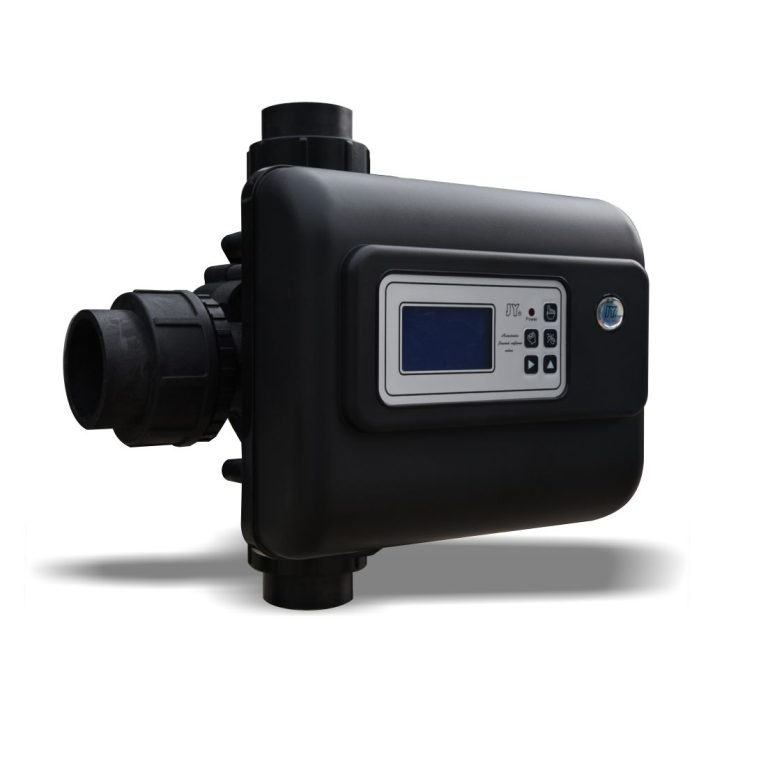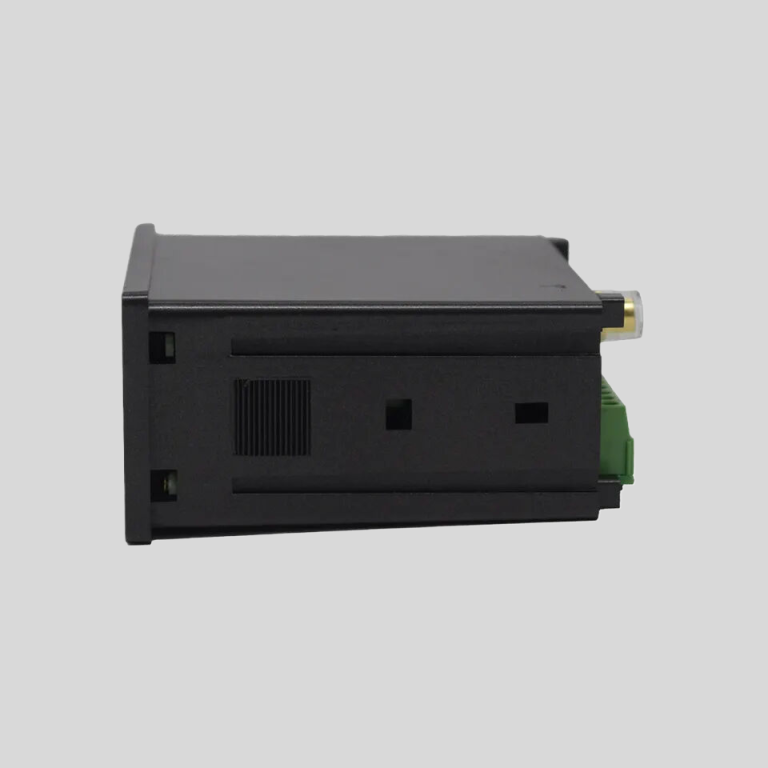“تخلص من متاعب الكالسيوم باستخدام منقي الماء!”
فعالية منقيات المياه في إزالة رواسب الكالسيوم

نموذج
| الأنبوب المركزي | استنزاف | موصل خزان المحلول الملحي | القاعدة | معلمات مصدر الطاقة | الطاقة القصوى | معلمات الضغط | درجة حرارة التشغيل | 3.5″(3″) القطر الخارجي |
| 3900 | 2″NPTF | 1″NPTM | 6″-8UN | 24 فولت، 110 فولت، 220 فولت – 50 هرتز، 60 هرتز | 171 واط | 2.1 ميجا باسكال | 1 -43 | 0.14-0.84MPa |
| تعتمد فعالية منقيات المياه في إزالة رواسب الكالسيوم على عدة عوامل. أولا، تلعب صلابة الماء دورا هاما. يتم قياس الصلابة بالحبوب لكل جالون (GPG) أو أجزاء لكل مليون (PPM). كلما ارتفع مستوى الصلابة، زاد وجود الكالسيوم والمعادن الأخرى في الماء. تم تصميم منقيات المياه للتعامل مع نطاق عسر معين، لذلك من المهم اختيار منقي مناسب لمستوى عسر الماء لديك.هناك عامل آخر يؤثر على فعالية منقيات المياه وهو حجم الوحدة وقدرتها. سيكون المنقي الأكبر ذو السعة الأعلى قادرًا على التعامل مع كمية أكبر من الماء وإزالة المزيد من رواسب الكالسيوم. من المهم أن تأخذ في الاعتبار حجم أسرتك وكمية المياه التي تستخدمها عند اختيار منقي المياه. |
The effectiveness of water softeners in removing calcium deposits depends on several factors. Firstly, the hardness of the water plays a significant role. Hardness is measured in grains per gallon (GPG) or parts per million (PPM). The higher the hardness level, the more calcium and other minerals are present in the water. Water softeners are designed to handle a certain hardness range, so it is important to choose a softener that is appropriate for the hardness level of your water.Another factor that affects the effectiveness of water softeners is the size and capacity of the unit. A larger softener with a higher capacity will be able to handle a greater volume of water and remove more calcium deposits. It is important to consider the size of your household and the amount of water you use when selecting a water softener.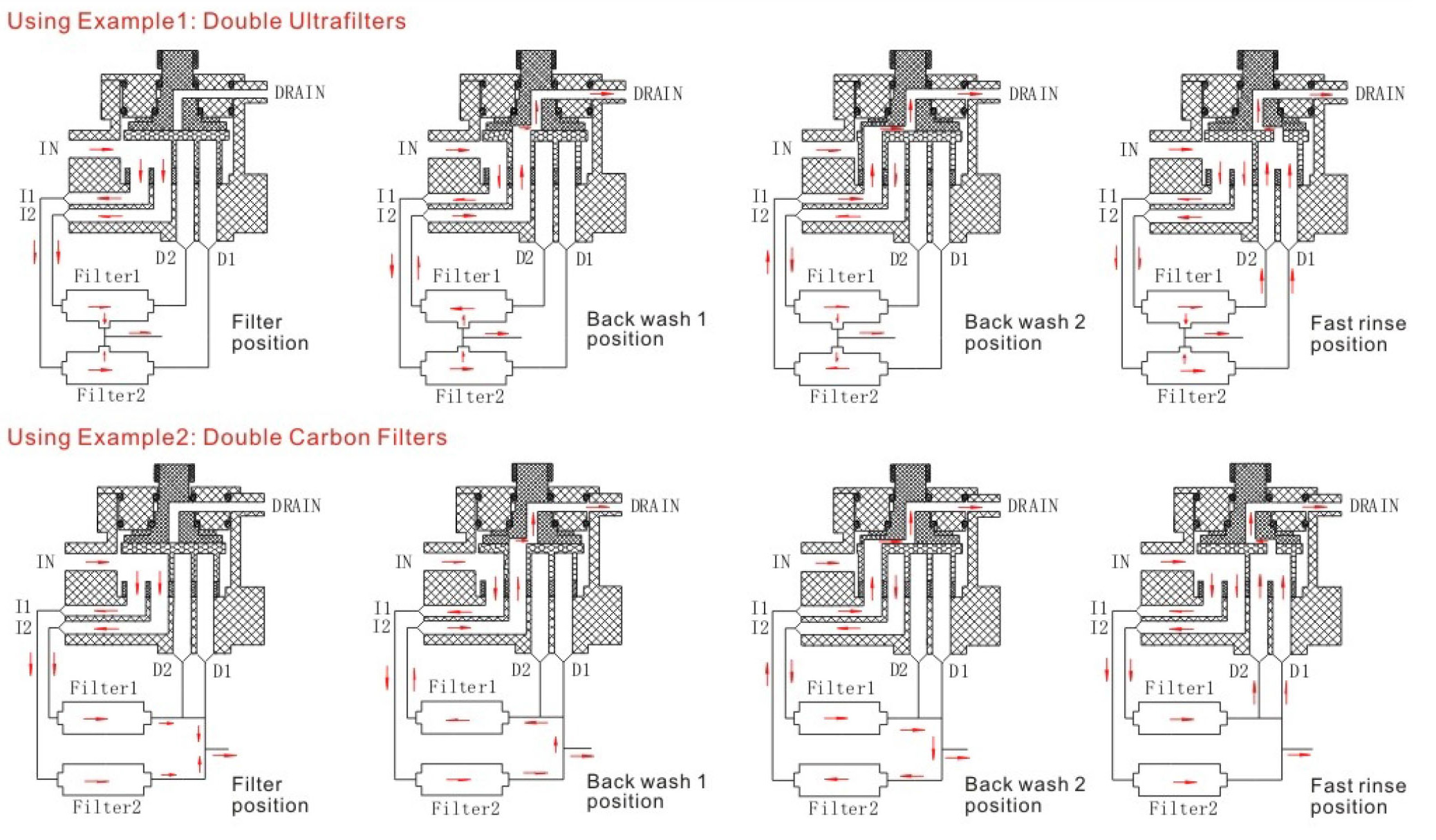 Additionally, the regeneration process of the water softener can impact its effectiveness in removing calcium deposits. During regeneration, the resin beads are cleaned and recharged with sodium ions. The frequency and efficiency of the regeneration process can vary depending on the softener model. It is important to follow the manufacturer’s instructions for proper maintenance and regeneration to ensure optimal performance.While water softeners are effective in removing calcium deposits, it is important to note that they may not completely eliminate all traces of calcium from the water. Some residual calcium may still be present, especially in areas with extremely hard water. However, the amount of calcium remaining after softening is typically significantly reduced, minimizing the formation of calcium deposits.In conclusion, water softeners are effective in removing calcium deposits from water. The ion exchange process used by water softeners effectively removes calcium and other hard water minerals, reducing the formation of calcium deposits in pipes, appliances, and fixtures. The effectiveness of water softeners depends on factors such as the hardness of the water, the size and capacity of the unit, and the regeneration process. While water softeners may not completely eliminate all traces of calcium, they significantly reduce the amount present, providing a solution to the issue of calcium deposits in households.
Additionally, the regeneration process of the water softener can impact its effectiveness in removing calcium deposits. During regeneration, the resin beads are cleaned and recharged with sodium ions. The frequency and efficiency of the regeneration process can vary depending on the softener model. It is important to follow the manufacturer’s instructions for proper maintenance and regeneration to ensure optimal performance.While water softeners are effective in removing calcium deposits, it is important to note that they may not completely eliminate all traces of calcium from the water. Some residual calcium may still be present, especially in areas with extremely hard water. However, the amount of calcium remaining after softening is typically significantly reduced, minimizing the formation of calcium deposits.In conclusion, water softeners are effective in removing calcium deposits from water. The ion exchange process used by water softeners effectively removes calcium and other hard water minerals, reducing the formation of calcium deposits in pipes, appliances, and fixtures. The effectiveness of water softeners depends on factors such as the hardness of the water, the size and capacity of the unit, and the regeneration process. While water softeners may not completely eliminate all traces of calcium, they significantly reduce the amount present, providing a solution to the issue of calcium deposits in households.

